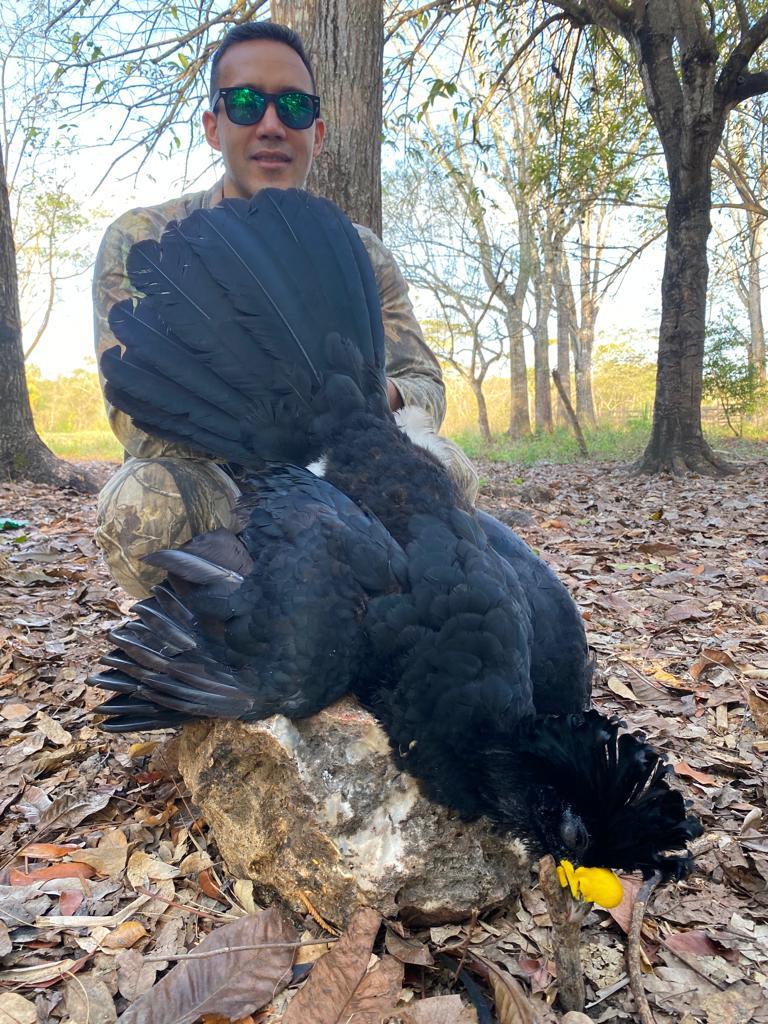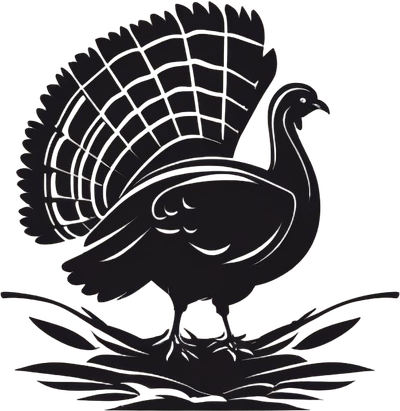This february marked the opening of Ocellated Turkey season, with the first opening day beginning february 1stth for hunters in . Seasons across the all countrys follow soon after, so it’s time to start getting your gear in order and ready for the Jungle!
Wild turkey is a uniquely American Species, found in six Canadian provinces and all lower 48 United States as well as in Hawaii, where turkey was introduced in the early 1960s.
Additionally, one subspecies, the Ocellated turkey, is only found in a small area of Mexico, Belize, and Guatemala. There are six total subspecies: Eastern, Osceola (Florida), Rio Grande, Merriam’s, Gould’s, and Ocellated. Hunting turkey helps to control populations and maintain natural caution of people, not to mention they make great field to table meals.
Ocellated Turkey its a large, wary bird, the turkey has excellent eyesight and hearing. Despite its size, it can quickly take to wing to escape predators and can also disappear as quickly on foot. They are omnivorous, eating nuts and berries, such as acorns, and juniper berries, plus insects and occasionally small amphibians or reptiles, such as lizards. The wild turkey is one of seven groups of large upland ground birds in the .
Did you know that biologist have found wild turkey develop their own chain of command each fall that can greatly influence their spring activity? Those of us who spend time afield often see groups of young turkey and several females traveling together. This is an important task as once a rank is established it is set for life. Rank only changes with either more fights, or death.
Males will typically fight in groups and sibling males take on other sibling males to establish dominance before breeding season. However, the head female turkey has the final say selecting the most dominate male out of the dominate sibling group. Thus, rank in the social group of wild turkey may be part of the equation, resulting in more young turkey being born! The Ocellated Turkey (Meleagris ocellata) is a unique and fascinating bird species.
Here are some key characteristics: Iridescent feathers with a mix of bronze, copper, and gold colors, featuring distinctive eye-like spots (ocelli) on their feathers.
Males (toms) weigh around 8-10 pounds (3.5-4.5 kg), while females (hens) weigh approximately 6-8 pounds (2.7-3.5 kg).
Native to theCampeche and Yucatán Peninsula in Mexico, Belize, and Guatemala, inhabiting tropical forests and scrublands.
Known for their shy and elusive nature, often found in small groups or Omnivorous, feeding on seeds, fruits, insects, and small reptiles.
Dry to moist environments: Ocellated turkeys can be found in areas with dry to moist environments, including tropical dry forests and tropical moist forests low-lying areas: They tend to prefer low-lying areas, including valleys and plains.
Scrubby vegetation: They often inhabit areas with scrubby vegetation, including thorny bushes and small trees.
Water sources: Ocellated turkeys need access to water sources, such as rivers, streams, and ponds.In terms of specific habitat features, Ocellated turkeys tend to prefer areas with:- Dense understory vegetation
Abundant food sources, including seeds, fruits, and insects
Suitable roosting sites, including trees with dense foliageIt's worth noting that the post you mentioned earlier mentions "prime turkey habitat" with over 500,000 acres of land, which suggests that the hunting outfitter has access to a large area of suitable habitat for Ocellated turkeys.


